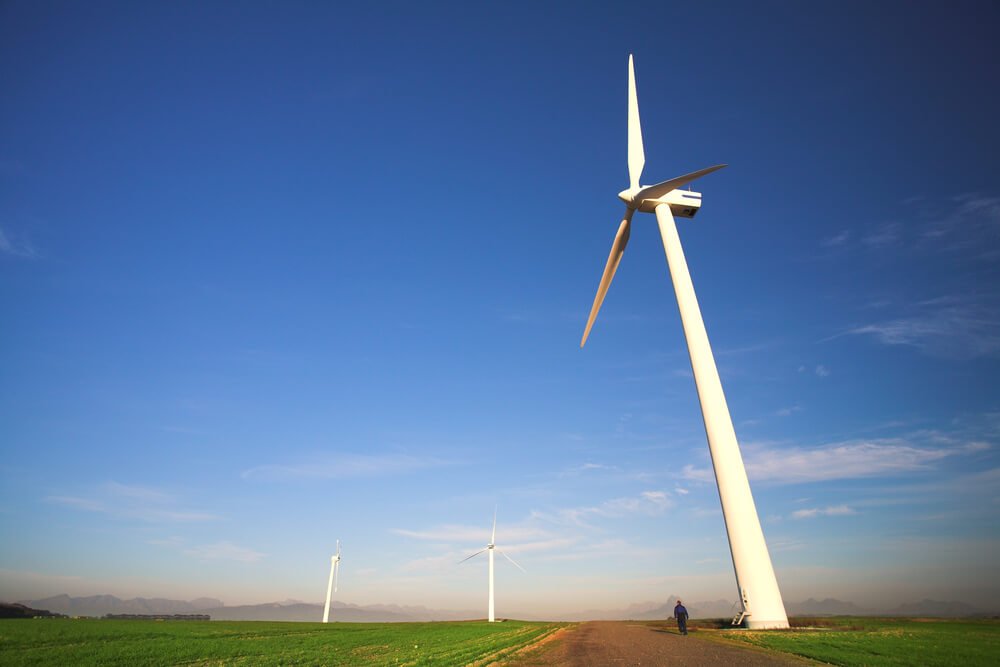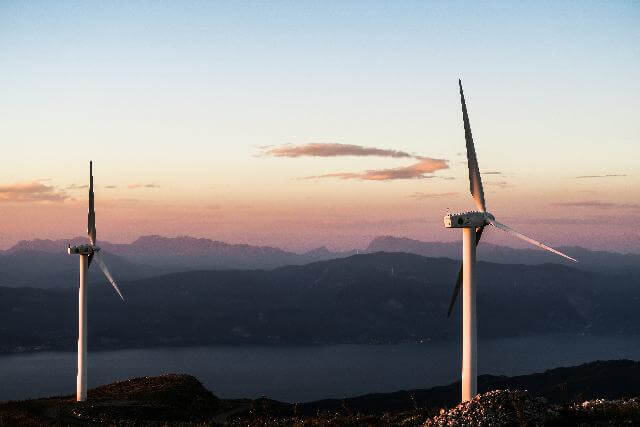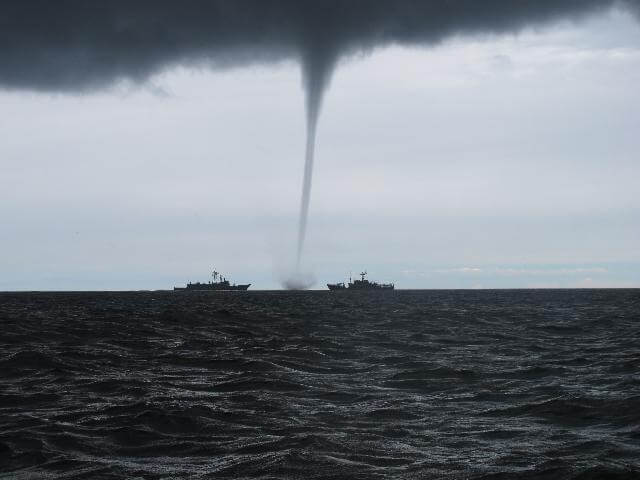Can one of the best alternatives for generating electricity be more harmful than good to humans? The answer takes a while to get to, but no, wind turbines are not causing health problems.
Before we can answer this question: why do so many people believe wind turbines to be harmful to those who live near them?
Let’s understand how wind turbines work:
A wind turbine uses natural wind energy to generate electricity. This happens because the turbine uses the aerodynamic force from the rotor blades, which work like an airplane wing or helicopter rotor blade.
(in case you forgot how an airplane works)
When the wind flows across the blade, the air pressure on one side of the blade decreases. The difference in air pressure across the two sides of the blade creates both lift and drag. The force of the lift is stronger than the drag and (and in the case of the wind turbine) this causes the rotor to spin.
The rotor blades connect to the generator, and as the blades spin, there is a translation of aerodynamic force to rotation of a generator, which is what creates electricity.
Wind turbines have to spin rapidly and constantly to generate the electricity industrial systems require, this causes a persistent low humming noise.
Now that the basics have been covered,
Do wind turbines affect human health?
In many American cities and towns where industrial wind turbine (IWT) projects have been built, residents have reported symptoms of nausea, sleep disorders, fatigue, and increased stress that they say is caused by a low-frequency hum—a combination of audible bass sounds and inaudible vibrations—
That sounds like it could be a wind turbine, so is it?
When wind turbines and health are put together in a sentence ‘infrasound’ is the keyword many jump to. But this isn’t an accurate conclusion.
Residents close to turbines say that audible sound and vibrations coming from wind turbines contribute to their health problems. The symptoms of ‘wind-turbine syndrome’ are consistent and might include:
– Headaches
– Sleep problems (such as night terrors)
– Ringing in the ears (tinnitus)
– Mood problems (irritability, anxiety)
– Concentration and memory problems
– Issues with equilibrium, dizziness, and nausea
The reported symptoms were usually stressing disorder-type diseases (which have a multitude of causes).
The scientific consensus is that wind turbines do not cause these symptoms. 25 peer-reviewed scientific studies have found that living near wind turbines does not pose a risk to human health.
The studies looked at a range of health effects from hearing loss, nausea, and sleep disorders to dizziness, blood pressure, tinnitus, and more. The wind turbine noise that could suggest health risk were never linked if anything it was an annoyance more than a danger.
One study found that residents who lived closer to wind turbines would rank their quality of life and their environment lower than normal. Still, because there was no survey taken before the turbines were built, there is no way to conclude that the turbines cause lower quality of life.
Could there be a ‘nocebo effect’ involved?
The nocebo effect is similar to the placebo effect, where someone’s positive perception towards a drug or treatment produces positive results, except in the nocebo effect, its negative attitudes and negative results.
Because there is no concrete reason for these resident’s health complaints, it could be a negative attitude towards wind turbines that plays into their negative health.
This idea of a ‘nocebo effect’ is supported by a 2014 study done in New Zealand that linked bad publicity around rumored turbine dangers and reported health problems. A large-scale population survey in the Netherlands also found that stress and sleep disturbance reports were more common in areas where the turbines were visible.
Therefore psychology and publicity pose more of a risk to health than wind turbines.
Is there any solution for those who (are near turbines and) do have health problems?
Recently, there have been new wind-power technology inventions that have sound-dampening systems. This will ease the annoyance and possible headaches and stress linked to the turbine noises for residents in the area.
Noises from gears and generators have been significantly reduced, and the new turbine blades are also designed to be quieter.
The only other solution and preventative measure for ‘Wind Turbine Syndrome’ would be better publicity – which includes more education and awareness on the positive benefits of wind energy and generation.
Sources:






